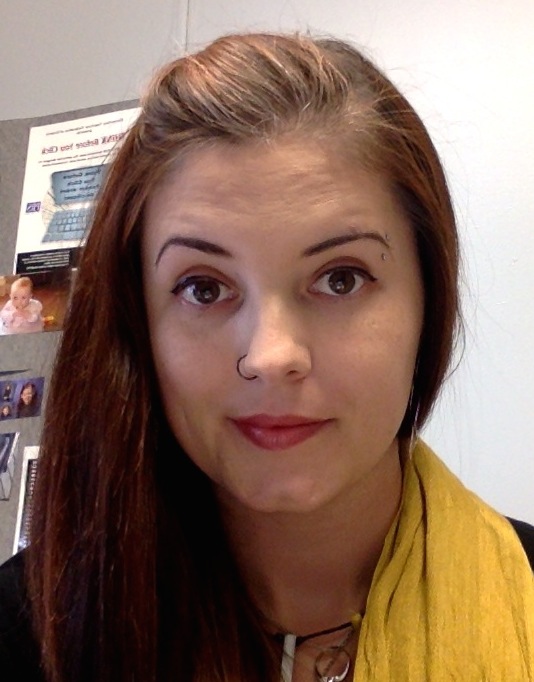Our students need to be reflecting on their own learning and skills to ensure they are understanding. Having a child that is struggling with a concept and knows it is much better than having a child who is out to lunch and believes they are on the right track. We need to teach our children to reflect on their learning regularly and ask questions about their learning. Do I understand this? Could I do this on my own? How is this different? How is it the same?
Self Assessment isn’t the only assessment, we aren’t setting ourselves up to not need to assess our students by any means. But we do need to teach our students how to accurately self assess. There should be no surprises for them. If they don’t understand something, they should know that. It is essential that they are able to self assess so they can seek assistance when needed.
Some tools that I have used in my class that I have found to be extremely successful:
Post-it chart – Give each student a post-it and have them answer a question on a topic and put a smile, straight face or sad face on the back and put their answer on their number square of the chart when they leave (for lunch, gym, etc.). Kind of an exit slip, but with some self reflection. The happy, straight, sad face corresponds to how they feel about their answer – did they get it, kind of, not at all.
Stop Lights – I love this one! Give them a question or activity and have them work through it, and when they hand it in, they put it in the green, yellow, or red bin. They hand their work into the red bin if they feel like they aren’t really getting it, yellow if they are kind of getting it, and green if they think they have it. You can also do stop lights as a post-it activity. I used to keep a laminated stop light on my wall for post-its to be handed in. They just numbered their submission on the back so no one knew where they were putting it.
Self Assessment Form – In Math, I have a standard assessment form for problem solving that I staple to each problem. It has the rubric I use and space for comments, etc. This year I modified it to include a self assessment portion and now the student staples it to their work and fills in the self assessment portion before they submit their problem to me. This way, I have their problem, and their self assessment together and I can refer to them both in my assessment which is all on the same little sheet.
Make sure you do something with student self assessments. It is just as important that you check to see that they are accurate and talk to them about it. It is tricky to tell a child that they aren’t getting it when they think they are, and that is one of the very difficult parts of this job, but it is necessary. Students need to know what they can do and where their needs are so they can seek help and work to become more successful.
Work self assessment into everyday if you can. Even if it is small, like in a game, it is necessary.

